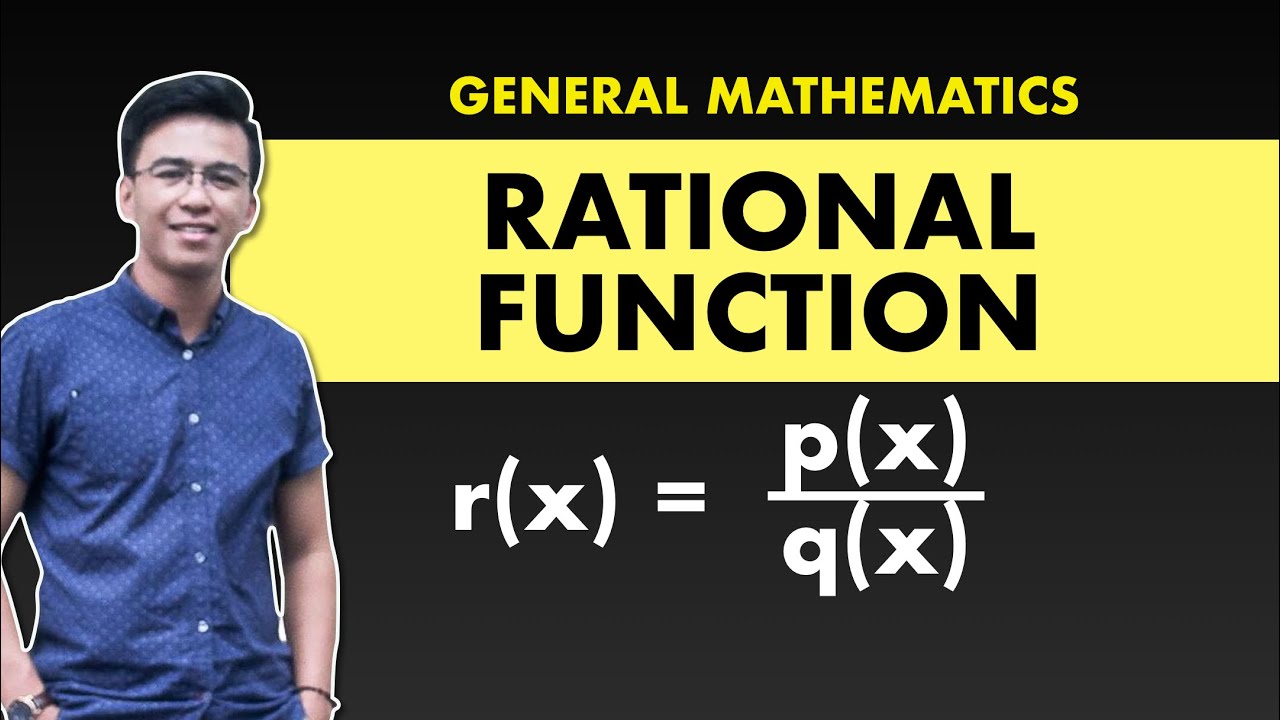Introduction to Quadratic Function | Examples of Quadratic Function
Summary
TLDRIn this video, Teacher Gone discusses quadratic functions, starting with their definition as second-degree polynomials and the requirement that the coefficient of x² (a) must not be zero. The video also covers different forms of quadratic functions, such as the standard form and vertex form, and explains the graph of a quadratic function, which is a U-shaped parabola. Teacher Gone illustrates how to identify quadratic functions from equations, tables, and graphs while comparing them to linear functions. The video is aimed at providing a clear understanding of quadratic functions and their properties.
Takeaways
- 📚 The video focuses on explaining the quadratic function, which is a second-degree polynomial.
- 🔢 A quadratic function is represented by f(x) = ax² + bx + c, or equivalently y = ax² + bx + c, where a ≠ 0.
- ❗ If a = 0, the function becomes a linear function instead of a quadratic function.
- 🔍 The graph of a quadratic function is a U-shaped curve called a parabola.
- 🧮 Quadratic functions have two main forms: standard form (f(x) = ax² + bx + c) and vertex form (f(x) = a(x-h)² + k).
- 📝 The vertex of a parabola is the highest or lowest point depending on whether the parabola opens upward or downward.
- 📏 The axis of symmetry of a parabola is a vertical line passing through the vertex, often the y-axis.
- 🔬 To determine if an equation is quadratic, the highest exponent of the variable x must be 2.
- 📊 The second difference in a table of values is constant for quadratic functions, which helps identify them.
- 📈 Quadratic functions can be recognized from their graphs (parabolas), tables of values, and equations.
Q & A
What is a quadratic function?
-A quadratic function is a second-degree polynomial represented as f(x) = ax² + bx + c or y = ax² + bx + c, where a, b, and c are real numbers, and a ≠ 0.
Why should 'a' in a quadratic function not be equal to zero?
-If 'a' is equal to zero, the function becomes a linear function instead of a quadratic one because it eliminates the x² term, reducing the degree of the polynomial to one.
What is the standard form of a quadratic function?
-The standard form of a quadratic function is f(x) = ax² + bx + c, or equivalently, y = ax² + bx + c.
What is the vertex form of a quadratic function?
-The vertex form of a quadratic function is f(x) = a(x - h)² + k, or y = a(x - h)² + k, where (h, k) represents the vertex of the parabola.
What shape does the graph of a quadratic function take?
-The graph of a quadratic function is a parabola, which is U-shaped.
What is the axis of symmetry in a quadratic function?
-The axis of symmetry is a vertical line that passes through the vertex of the parabola, dividing it into two mirror-image halves. In many cases, it corresponds to the y-axis.
How do you identify a quadratic function based on its equation?
-To identify a quadratic function, check the degree of the polynomial. If the highest exponent of the variable x is 2, then the function is quadratic.
How can you determine if a function represented by a table of values is quadratic?
-You can determine if a function is quadratic by calculating the first and second differences between consecutive values. If the second differences are constant, the function is quadratic.
What does the graph of a linear function look like?
-The graph of a linear function is a straight line.
How can you identify a quadratic function based on its graph?
-A quadratic function can be identified by its graph, which is a U-shaped curve called a parabola.
Outlines

Cette section est réservée aux utilisateurs payants. Améliorez votre compte pour accéder à cette section.
Améliorer maintenantMindmap

Cette section est réservée aux utilisateurs payants. Améliorez votre compte pour accéder à cette section.
Améliorer maintenantKeywords

Cette section est réservée aux utilisateurs payants. Améliorez votre compte pour accéder à cette section.
Améliorer maintenantHighlights

Cette section est réservée aux utilisateurs payants. Améliorez votre compte pour accéder à cette section.
Améliorer maintenantTranscripts

Cette section est réservée aux utilisateurs payants. Améliorez votre compte pour accéder à cette section.
Améliorer maintenantVoir Plus de Vidéos Connexes
5.0 / 5 (0 votes)






